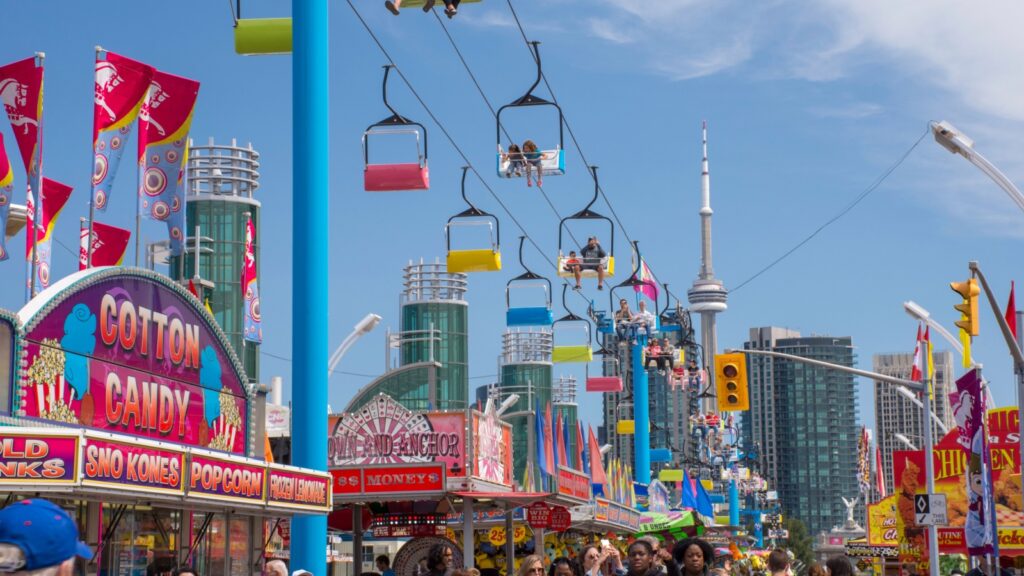Every country has its quirks, but few celebrate them as proudly as Canadians do. From quirky holidays to heartwarming community customs, the traditions that thrive north of the 49th parallel are uniquely tied to the nation’s identity, climate, and humor. Here are 19 Canadian traditions that don’t exist anywhere else.
The Tim Hortons Run
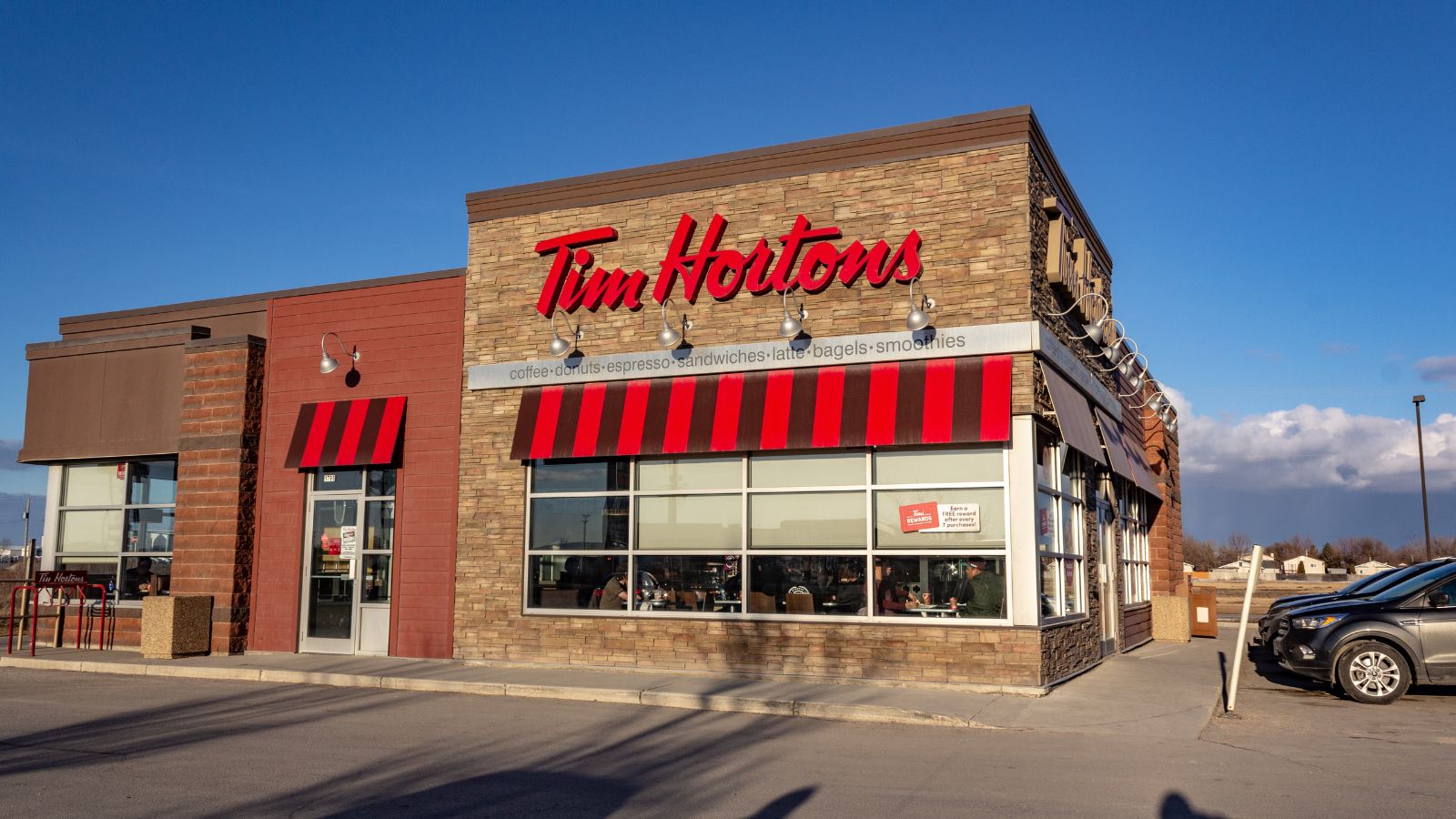
This ritual is more than a coffee stop; it’s practically a national routine. Canadians make daily pilgrimages to Tim Hortons for double-doubles, Timbits, and the comfort of familiarity. It’s where coworkers bond, families connect after hockey practice, and long drives begin. Even in towns with craft coffee shops, Tim’s holds an unmatched cultural grip. Whether someone’s ordering a steeped tea or an Iced Capp, the Tim Hortons run represents shared simplicity, proof that good conversation pairs best with an affordable caffeine fix served in a paper cup.
Maple Syrup Season
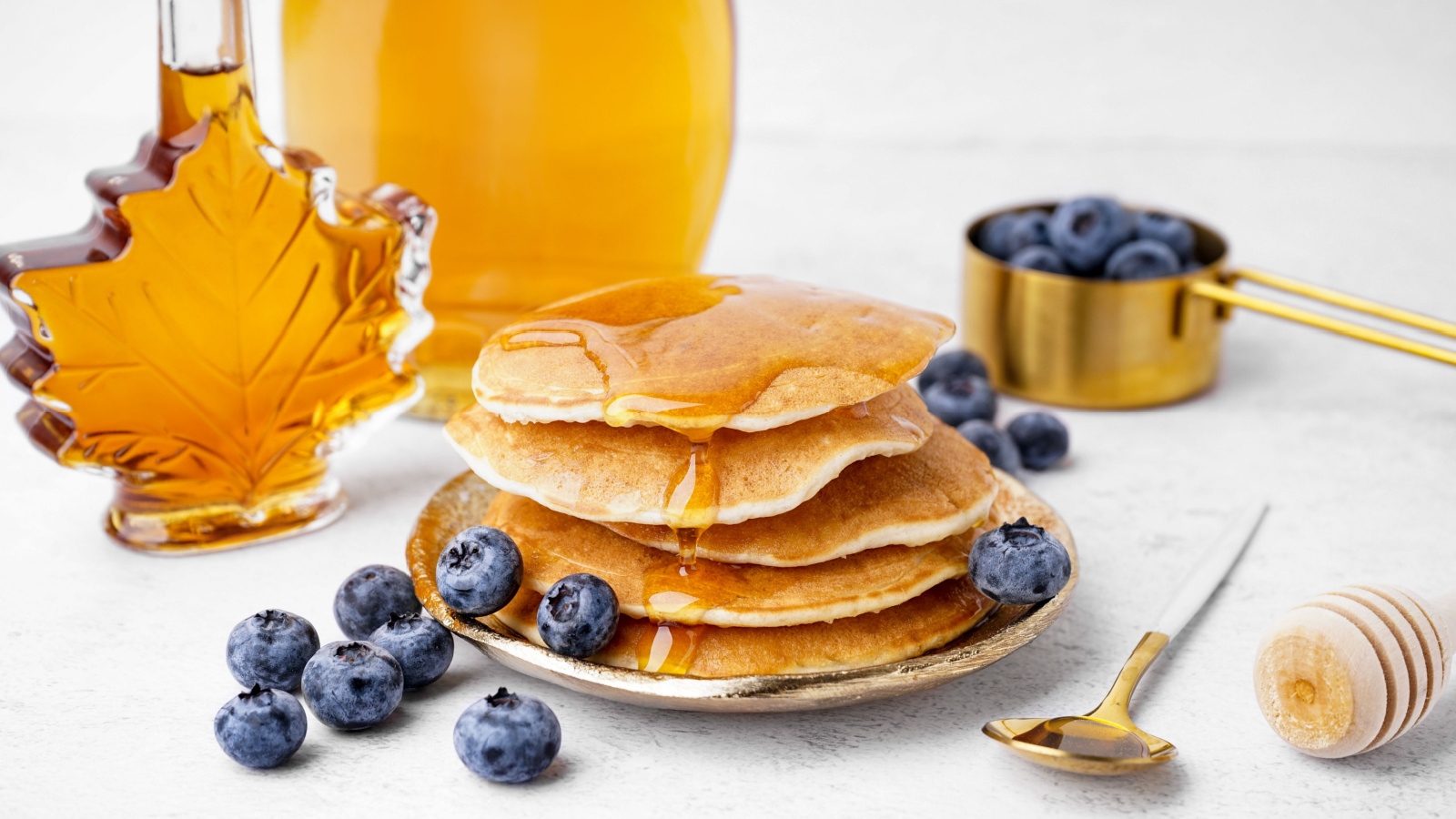
Every spring, families head to sugar shacks to watch maple sap transform into liquid gold. Known as “sugaring off,” this tradition celebrates Canada’s sweetest natural resource. Pancakes drenched in fresh syrup, taffy rolled in snow, and the smell of boiling sap fill the air. It’s part harvest festival, part culinary pride. Many provinces, especially Quebec and Ontario, host maple festivals complete with sleigh rides and music. For outsiders, it might seem excessive, but for Canadians, it’s a yearly reminder that patience, and freezing weather, can yield something delicious.
The Cottage Weekend
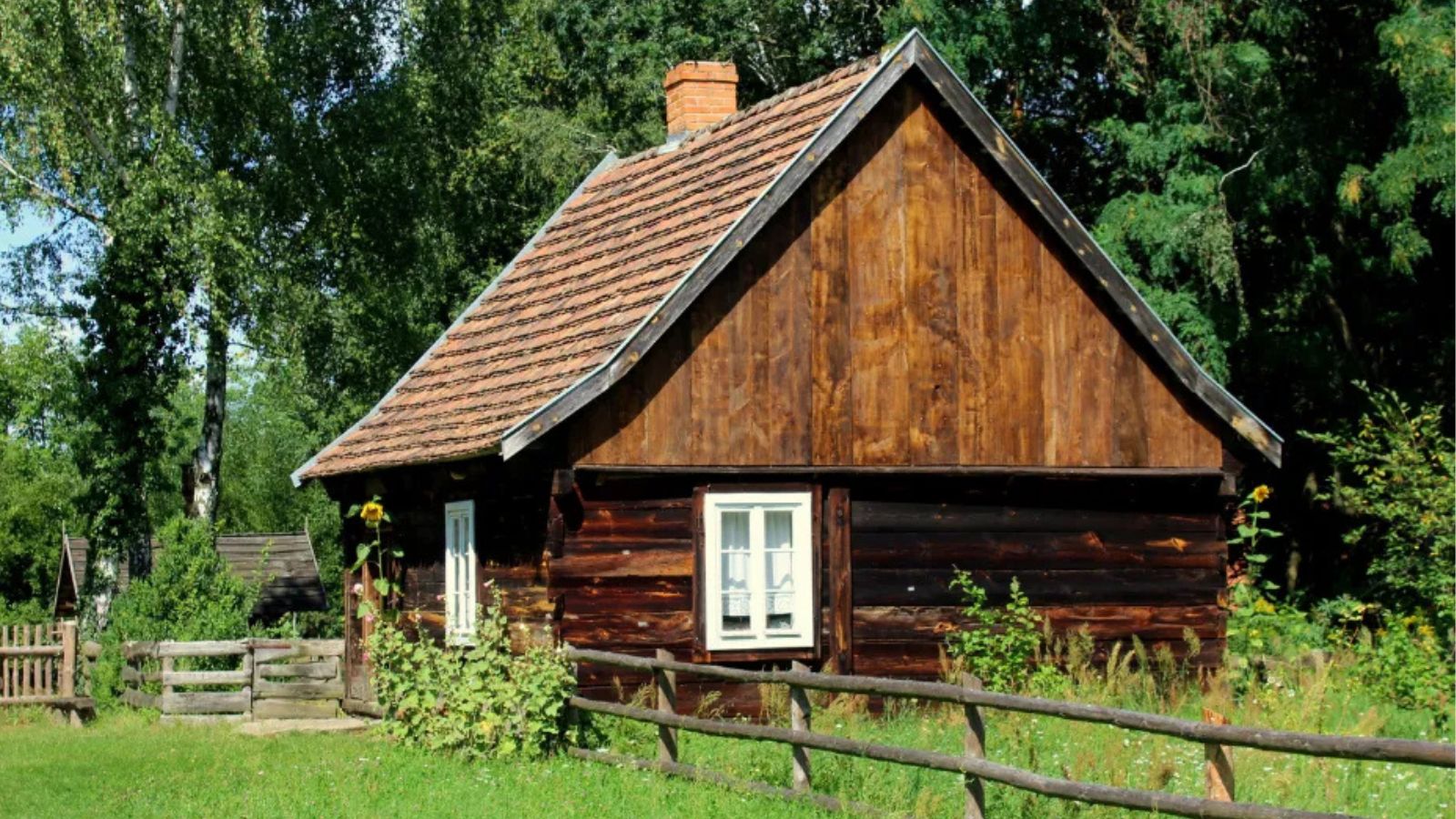
Few traditions capture the Canadian spirit like “heading up to the cottage.” Whether it’s a lakeside cabin in Muskoka or a simple wooden dock in the Maritimes, the ritual involves escaping city life to unwind in nature. Canoeing, bonfires, and barbecues are staples, but so is disconnecting from Wi-Fi. Families often pass cottages down for generations, making these spots emotional landmarks. For many Canadians, the cottage isn’t a luxury, it’s an essential part of summer identity, where weekends are measured not by time, but by sunsets over quiet lakes.
The Terry Fox Run
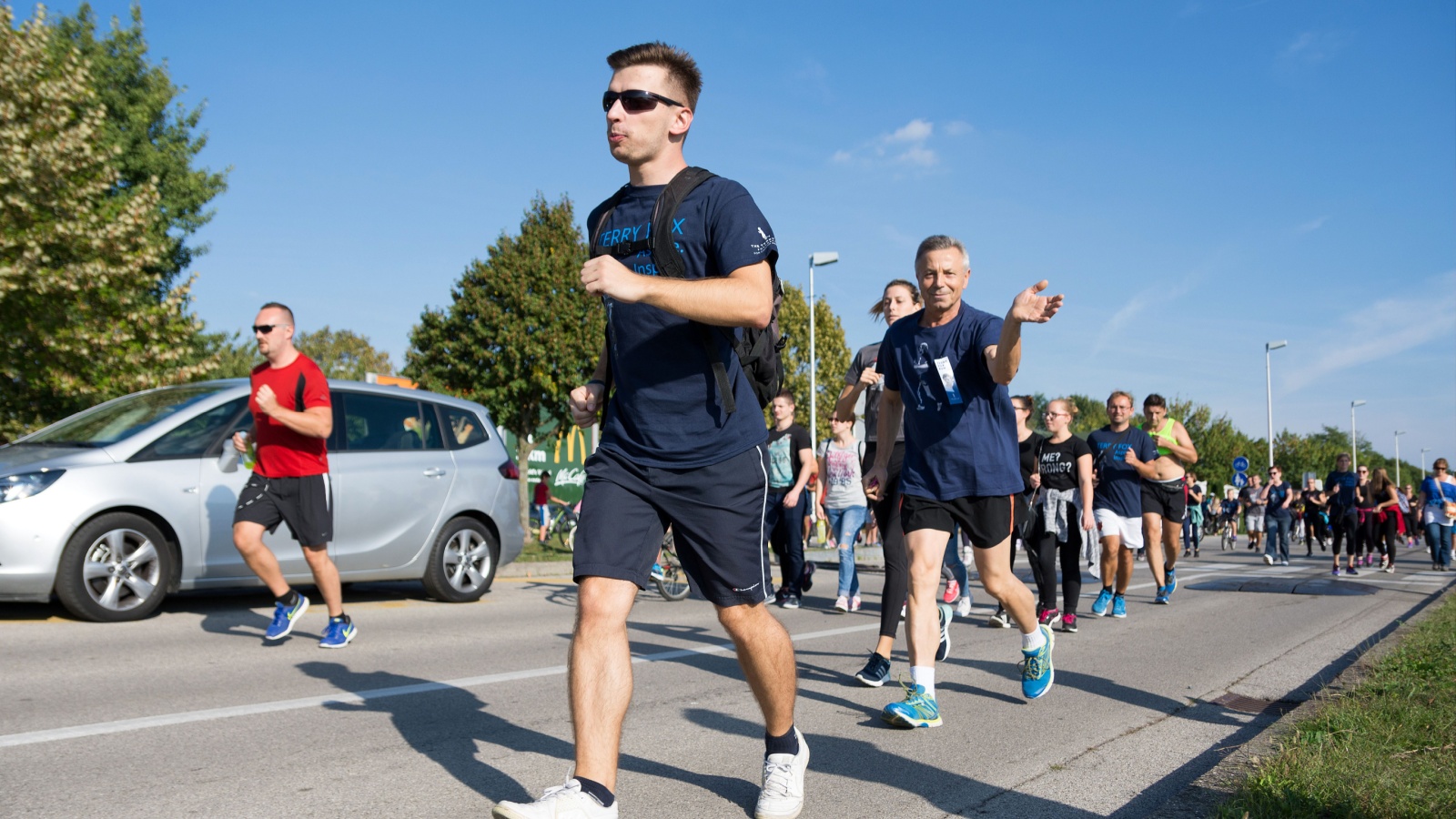
Each September, millions participate in the Terry Fox Run, a charitable event inspired by Terry Fox’s 1980 Marathon of Hope. Despite losing a leg to cancer, Fox attempted to run across Canada to raise awareness and funds for research. The tradition now spans schools, workplaces, and communities nationwide. Participants don’t compete; they unite for a cause rooted in courage and compassion. The event symbolizes endurance, empathy, and the idea that one person’s determination can inspire an entire country to keep running, literally and metaphorically, for hope.
Winter Carnival in Quebec City
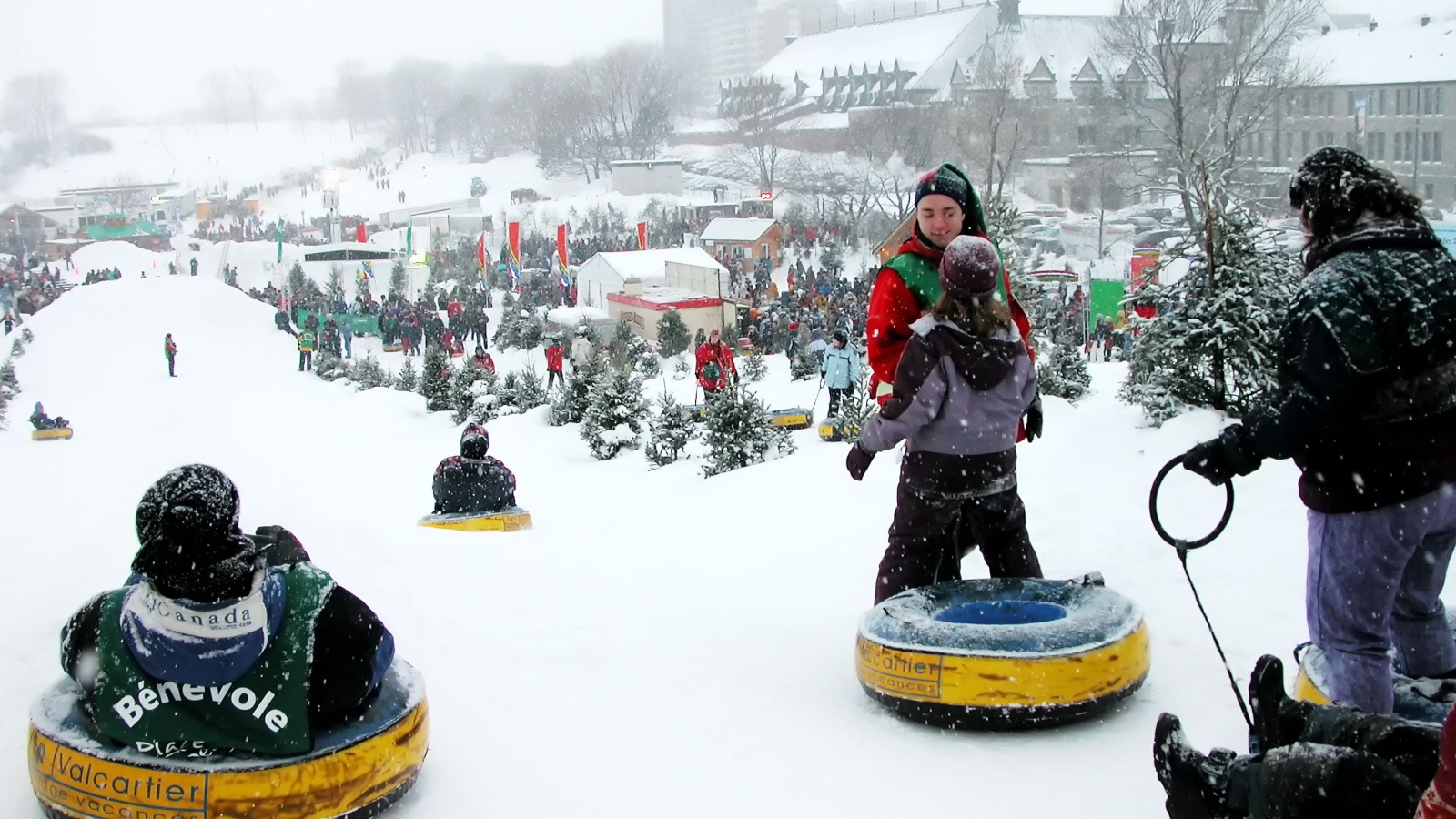
The Quebec Winter Carnival, one of the world’s largest winter festivals, transforms freezing temperatures into a celebration. Locals embrace the cold with ice sculptures, canoe races on the frozen St. Lawrence River, and the cheerful mascot Bonhomme. The event began in 1894 to lift spirits during harsh winters and has evolved into a beloved annual spectacle. Tourists may shiver, but Quebecers proudly show that winter isn’t something to survive, it’s something to party through, complete with maple taffy, snow baths, and a hearty “bonjour” to frostbite.
National Toque Day
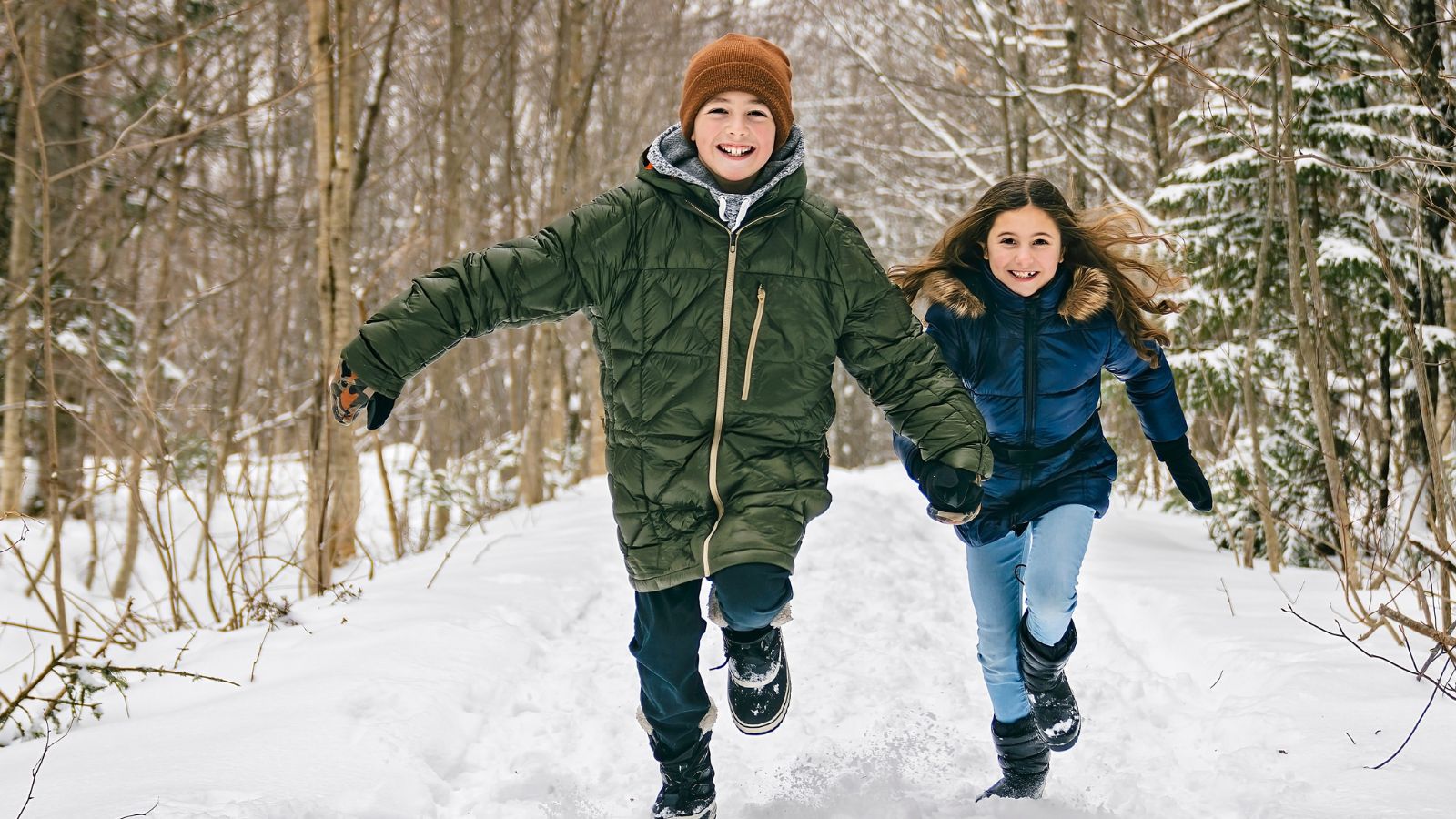
While unofficial, this lighthearted winter tradition sees people sporting toques, the classic knit caps, well before the temperature truly demands it. Canadians treat the toque like a national badge of honor. From university students to prime ministers, everyone wears one. Entire social media challenges encourage creative styling, and schools sometimes host “toque days” for fun. What outsiders see as basic winterwear has become an identity symbol, representing humility, practicality, and quiet pride in enduring months of ice with a smile and a pom-pom on top.
The Polar Bear Plunge
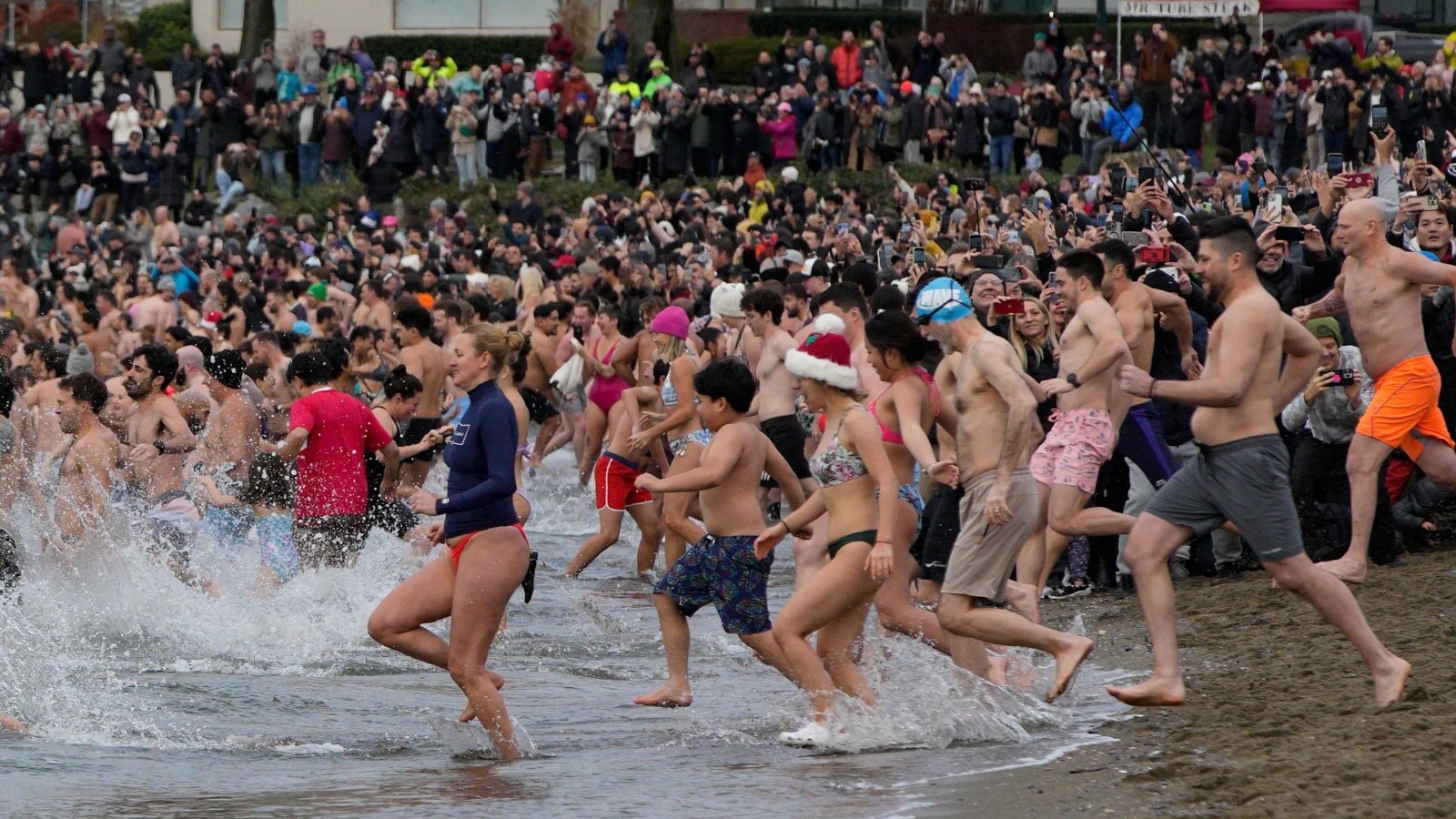
Every New Year’s Day, brave Canadians dive into icy lakes and oceans to raise money for charity or simply prove they can. The tradition, known as the Polar Bear Plunge, originated in Vancouver in the 1920s but now happens nationwide. Participants dress in costumes, dash into subzero waters, and quickly retreat while spectators cheer. It’s freezing, irrational, and undeniably Canadian. The event blends generosity, humor, and endurance, a trifecta that defines the national character. After all, nothing says “fresh start” like frostbite for a good cause.
Hockey Night Gatherings

While hockey itself isn’t exclusive, the way Canadians unite around it absolutely is. Saturday nights often revolve around watching “Hockey Night in Canada,” complete with snacks, commentary, and emotional investment that rivals religion. Families, bars, and communities gather regardless of which teams are playing. For decades, the CBC broadcast has served as a national soundtrack, connecting generations through shared cheers and groans. It’s not just about the game, it’s about belonging to something that feels like home, even when your team keeps losing.
Poutine Festivals
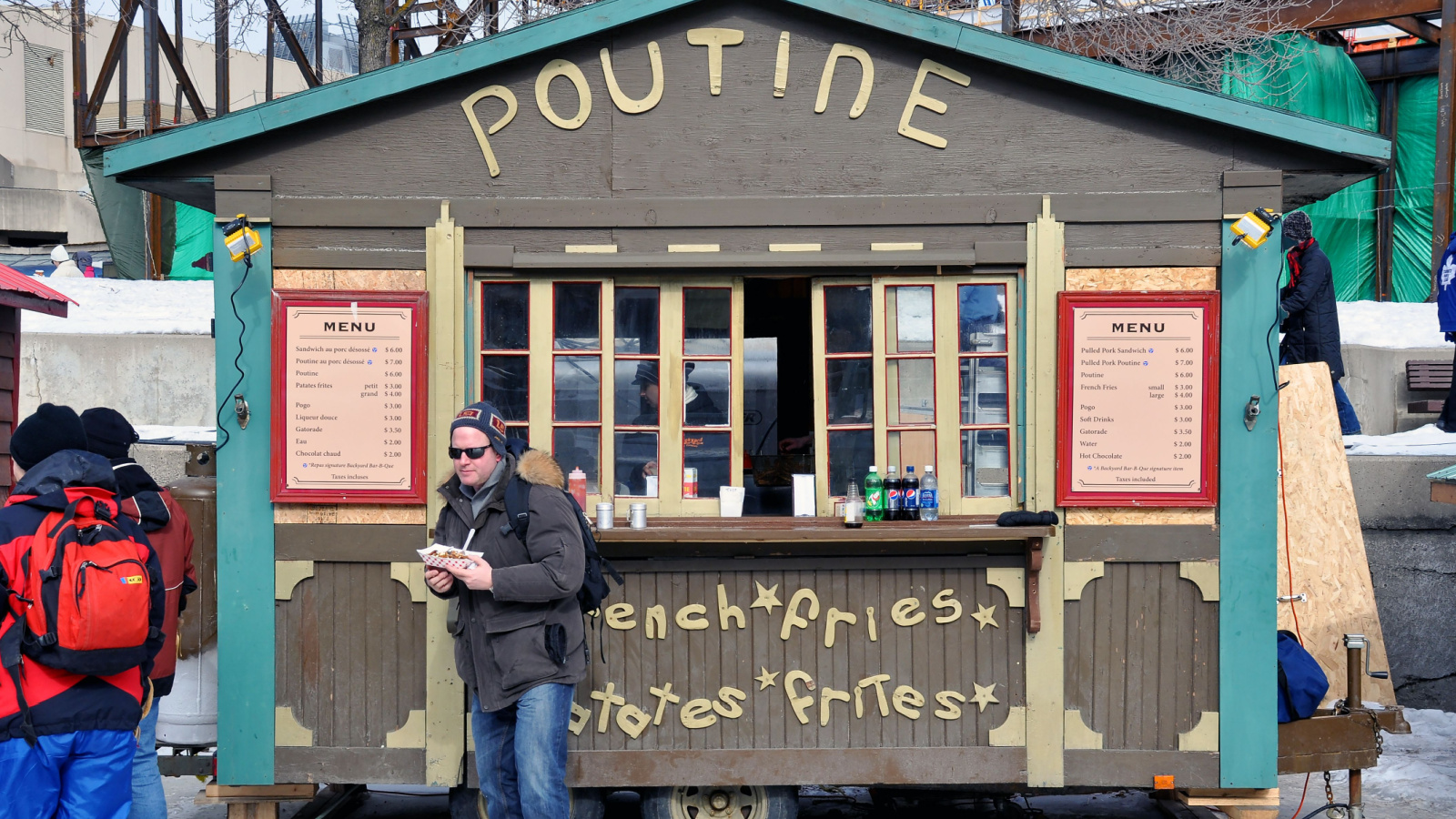
Few foods inspire such devotion as poutine; fries topped with cheese curds and gravy. Entire festivals across provinces like Quebec and Ontario are dedicated to celebrating its glory. Vendors experiment with toppings from lobster to pulled pork, turning a humble snack into culinary art. These gatherings highlight creativity and comfort food culture. Visitors often find themselves both amused and impressed by how seriously Canadians take something so simple. Poutine festivals showcase community pride, indulgence, and the belief that happiness can indeed come in a cardboard bowl.
The Canadian Heritage Minute
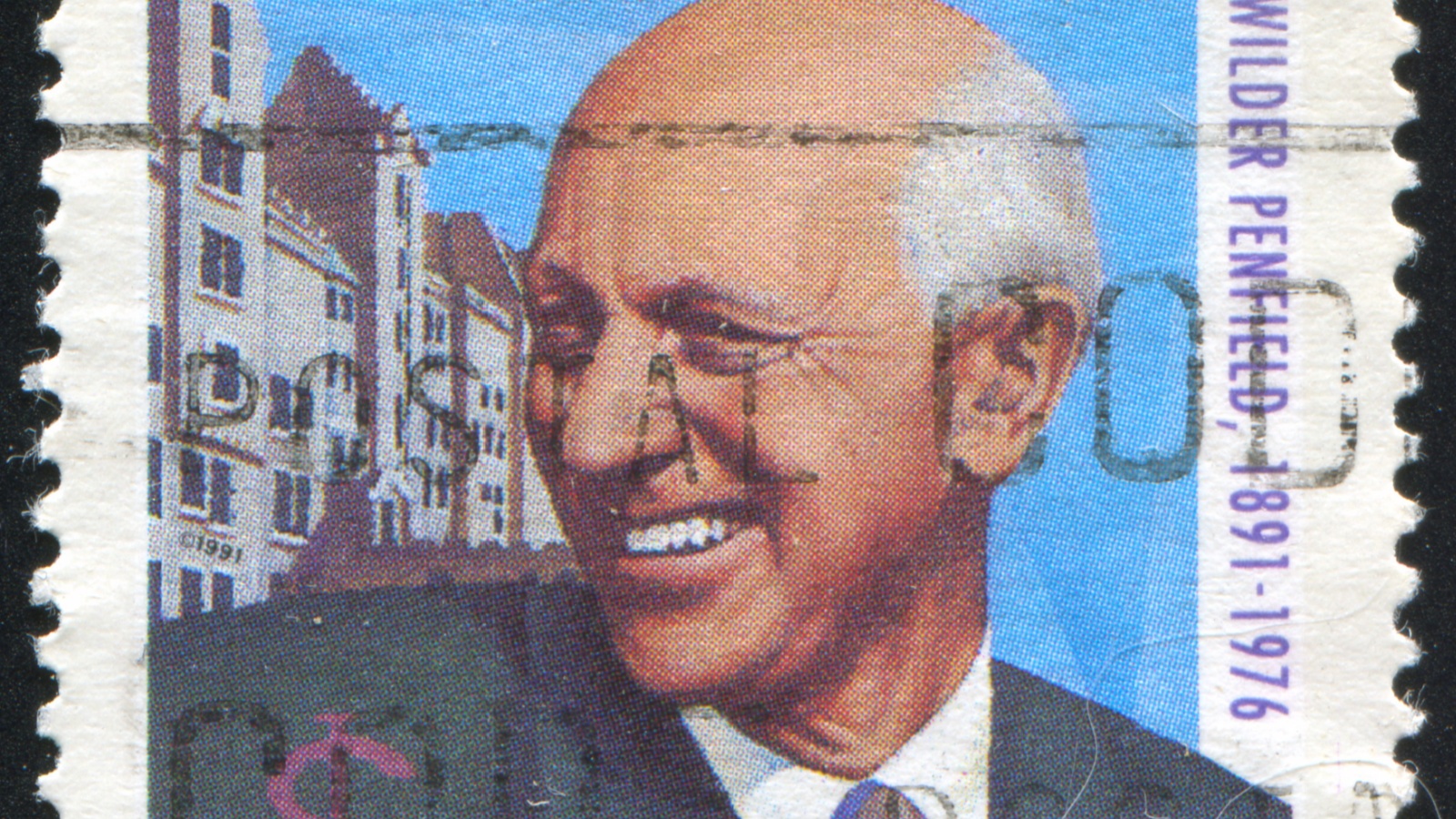
Short TV clips known as “Heritage Minutes” have been educating and entertaining Canadians since the early 1990s. Each one dramatizes a historical moment, from the invention of basketball to the Underground Railroad, condensing national pride into sixty seconds. Many people can quote lines verbatim from their childhood viewings. The tradition lies not just in watching them, but in how they’ve shaped collective memory. They make history feel accessible, reminding Canadians of both achievements and flaws with storytelling that’s part nostalgia, part civic education.
The Santa Claus Parade
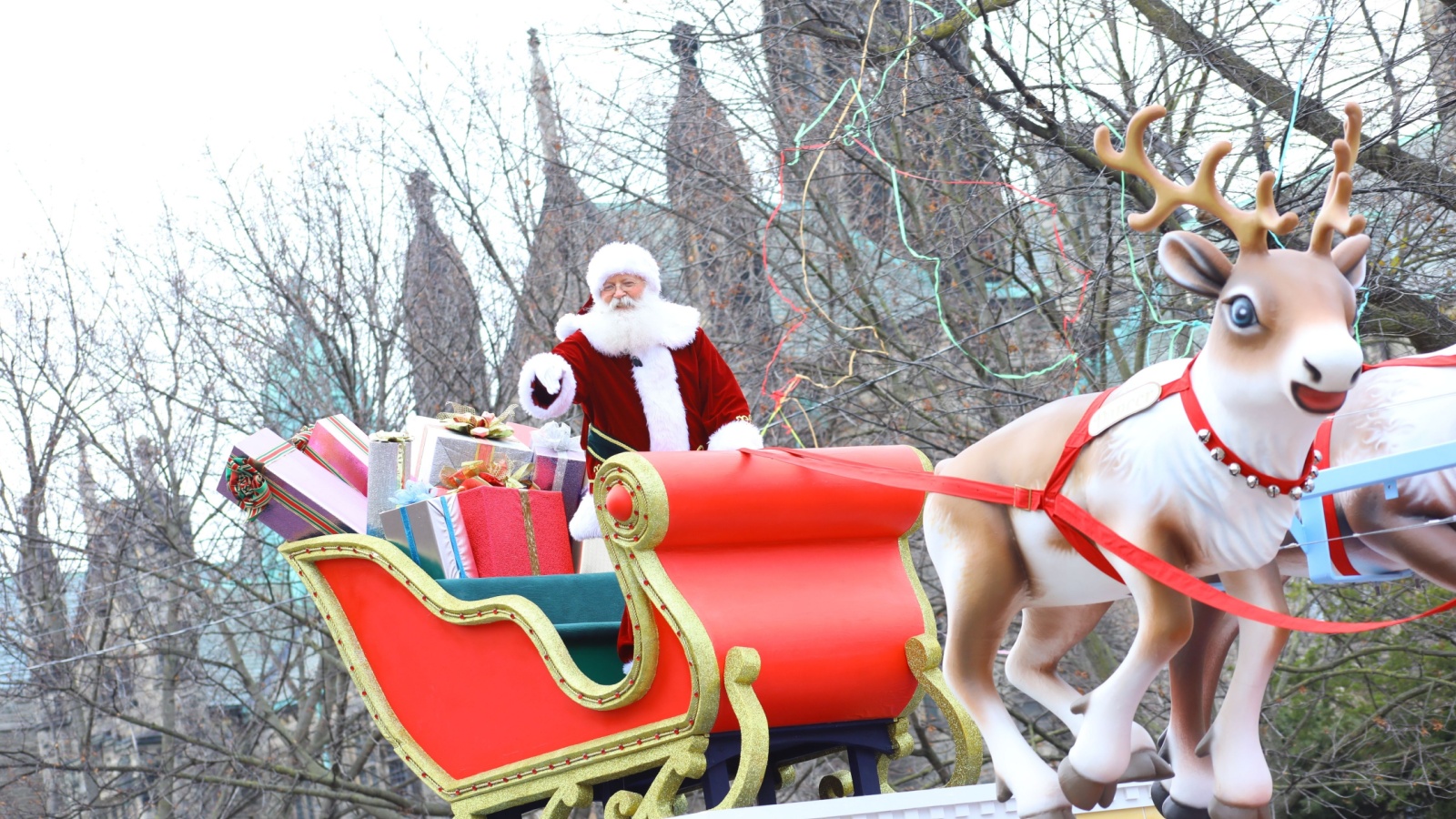
Every November, cities like Toronto and Montreal host elaborate Santa Claus parades to usher in the holiday season. The tradition dates back over a century, featuring giant floats, marching bands, and local celebrities. Entire families camp along the routes in freezing weather just to wave at Santa. Broadcasts of these parades kickstart national holiday spirit and often double as charity drives. It’s less about Christmas itself and more about community excitement, the shared joy of bundling up, sipping hot cocoa, and pretending frostbite is festive.
The Exchange Student “Welcome Potluck”
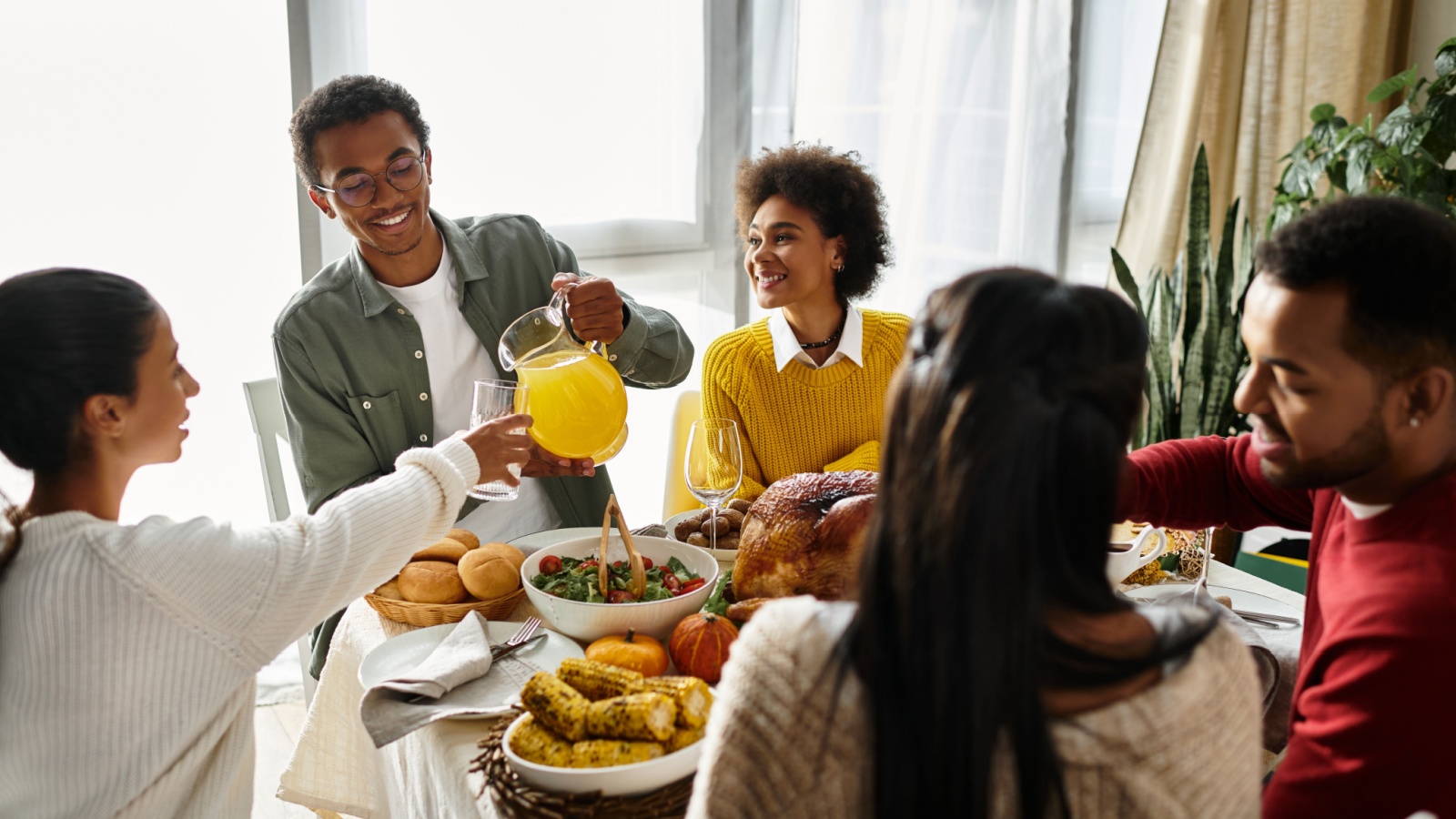
Across universities, communities host potluck dinners for newcomers, a uniquely Canadian gesture that blends multiculturalism and hospitality. Guests bring dishes from their own heritage, turning dining halls into global buffets. What makes it distinct is the sincerity behind it, no fancy decor, just genuine warmth. It’s an unofficial welcome party for anyone starting fresh in Canada. For exchange students, it often becomes their first taste of belonging, and for Canadians, it’s a proud reminder that kindness can be as simple as sharing food.
The “Sorry” Reflex

Apologizing may not sound like a tradition, but it’s embedded deeply enough in daily life to qualify. Whether someone bumps into a stranger or gets bumped themselves, “sorry” automatically escapes their lips. It’s a national verbal handshake, signaling respect rather than guilt. This reflex even has legal implications, the “Apology Act” in Ontario clarifies that saying sorry doesn’t mean admitting fault. It’s a tradition of humility and politeness so ingrained that visitors often leave either charmed or thoroughly confused by it.
The 24-Hour Road Trip Snack Stop
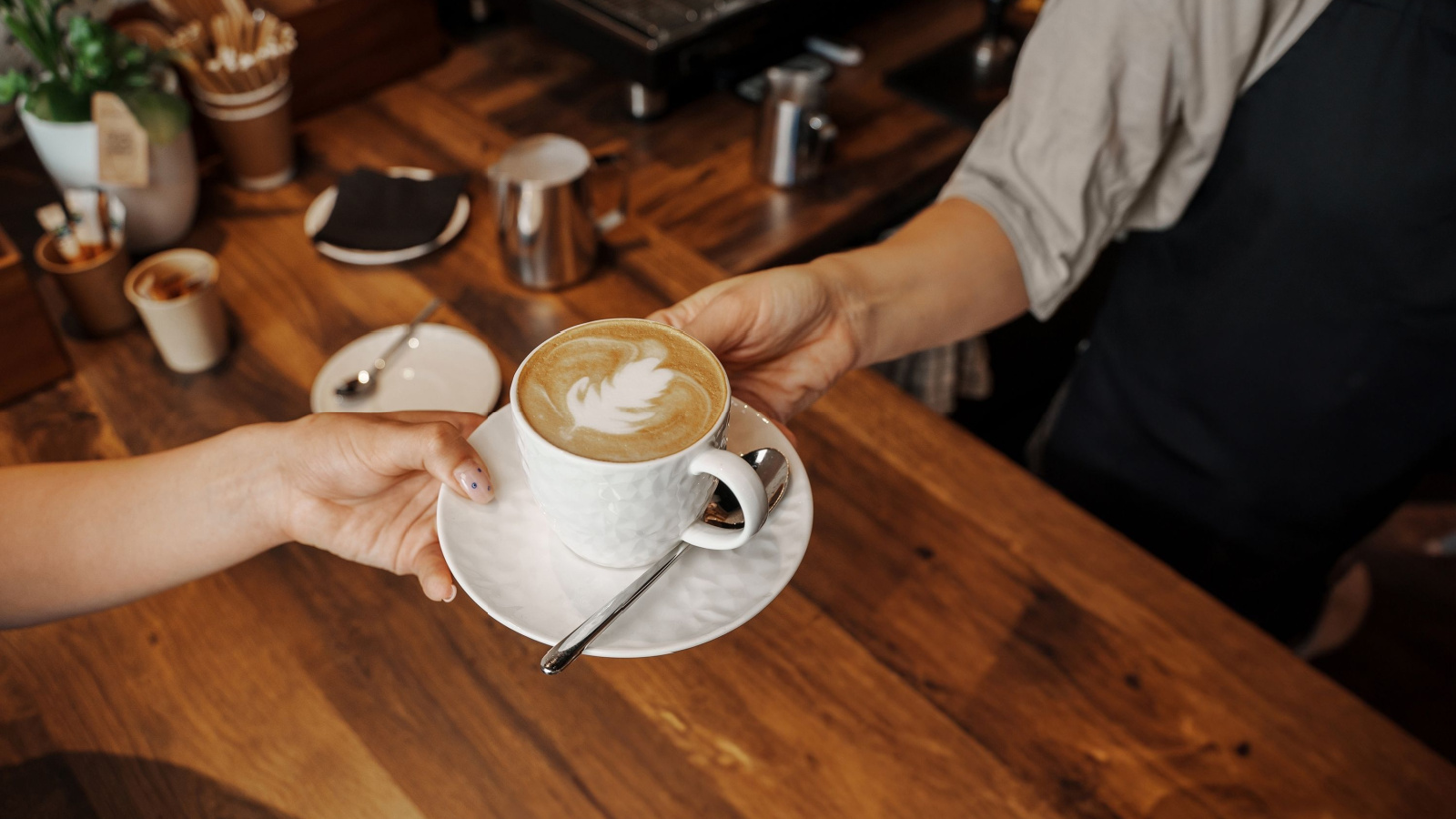
Canadians have a curious love for gas station convenience stores, particularly during long drives between provinces. Late-night stops for coffee, jerky, and ketchup chips have become a road trip staple. Whether driving across Saskatchewan or up to Banff, the mini-mart ritual feels oddly comforting. Travelers stretch, laugh, and stock up on oddly specific snacks. The tradition embodies Canada’s vast geography and laid-back approach to travel: there’s no rush when the journey itself, complete with bad coffee and better company, is half the fun.
Pancake Breakfast Fundraisers
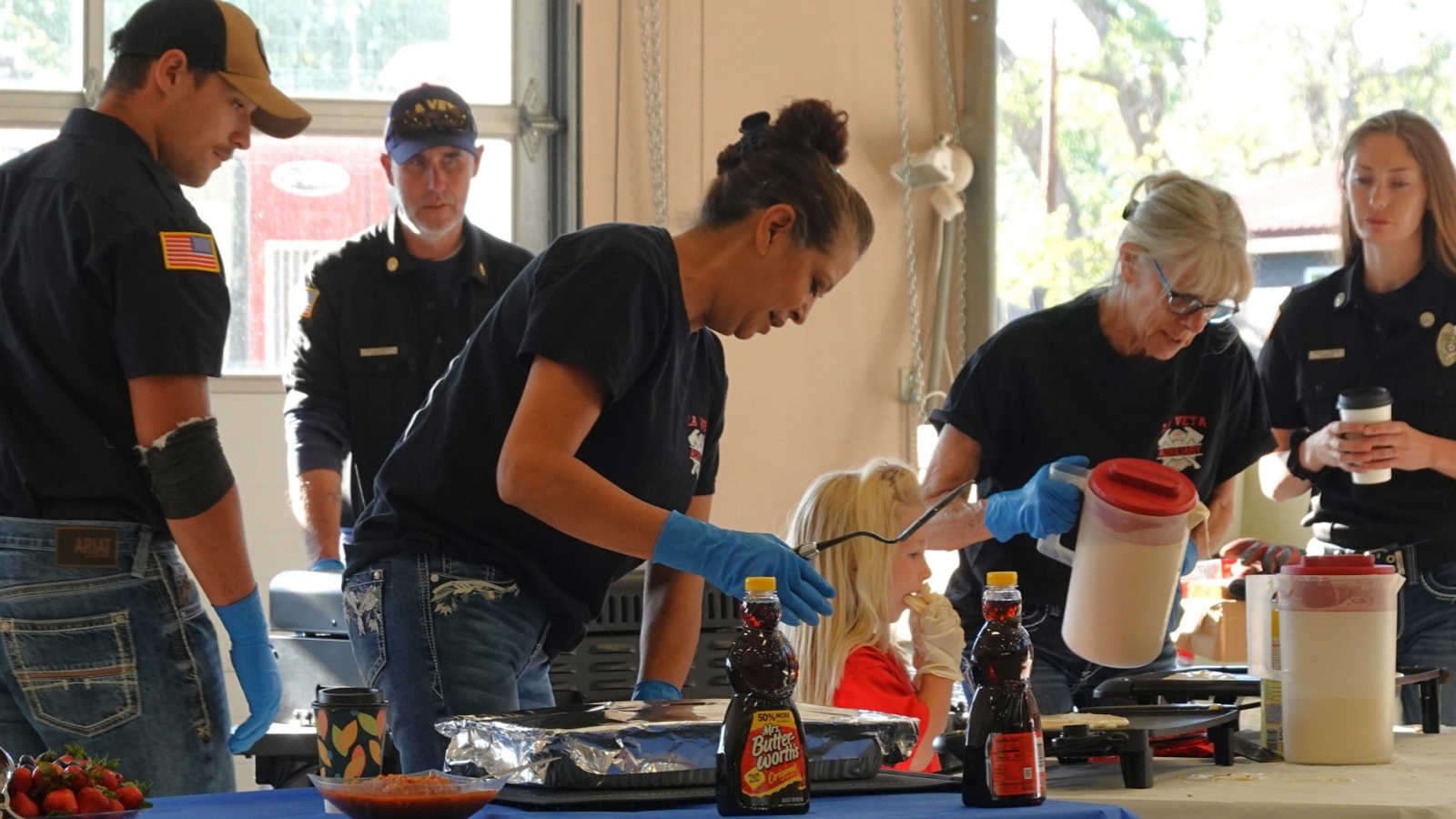
Charity pancake breakfasts are a community classic, often held by fire departments, schools, or local clubs. Volunteers flip hundreds of pancakes while raising funds for everything from hospitals to youth programs. Attendees pay a few dollars, eat unlimited stacks, and chat with neighbors. It’s not glamorous, but it’s heartwarming. The tradition reflects Canadian values of cooperation and giving back, proving that philanthropy doesn’t always need a gala, it can thrive just as well over syrup and laughter at a community hall table.
The “Two-Four” Weekend
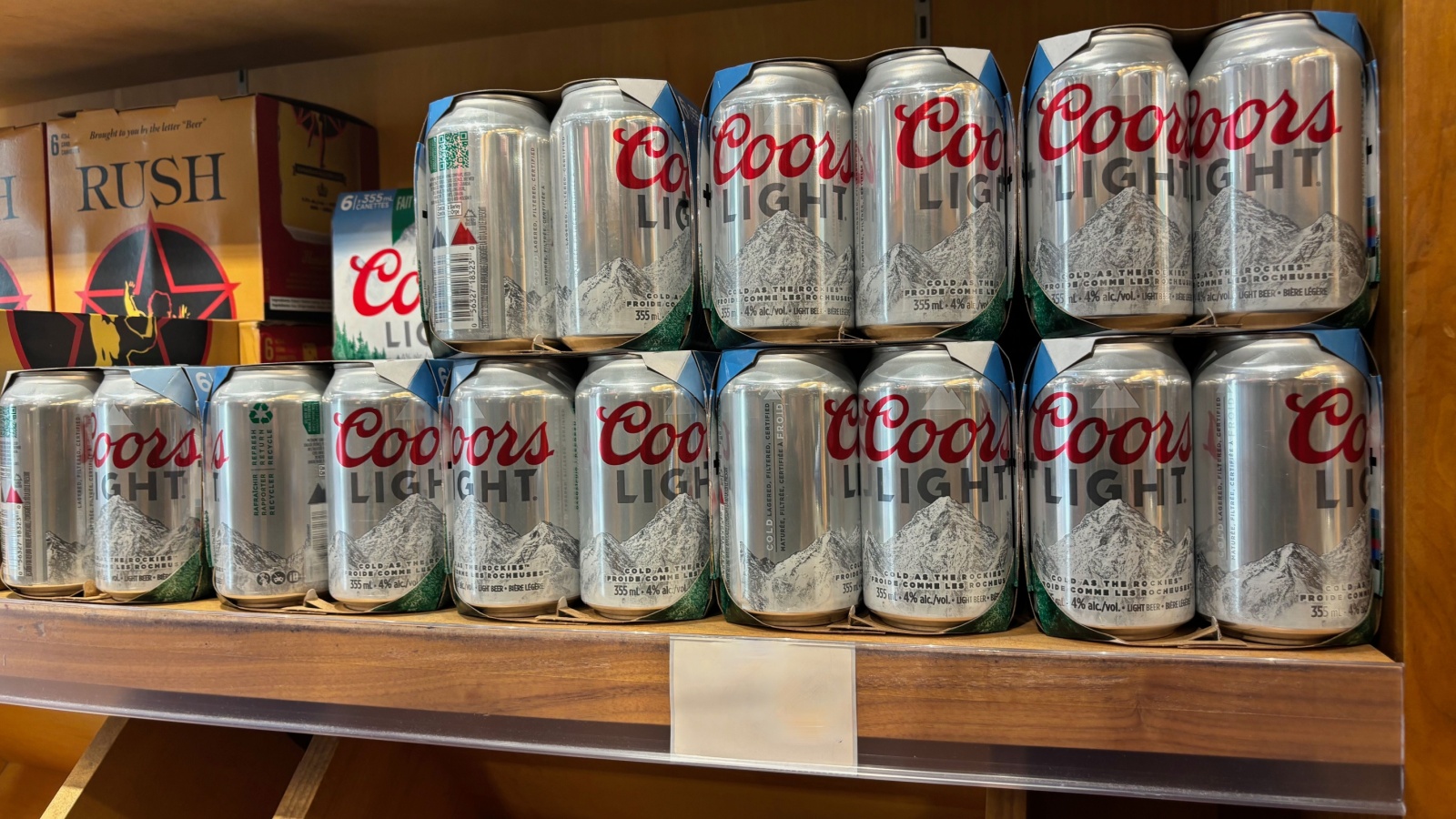
Victoria Day weekend, marking the unofficial start of summer, is fondly called “May Two-Four.” It’s when Canadians crack open 24-packs of beer, head to cottages, and celebrate warmer weather. The name references both the holiday date and the case size, blending patriotism with humor. Bonfires, fireworks, and barbecues define the celebration. While it honors Queen Victoria, the real excitement lies in escaping routine, relaxing outdoors, and reminding oneself that after months of snow, sunshine and a cold drink are national priorities.
Snow Day Celebrations
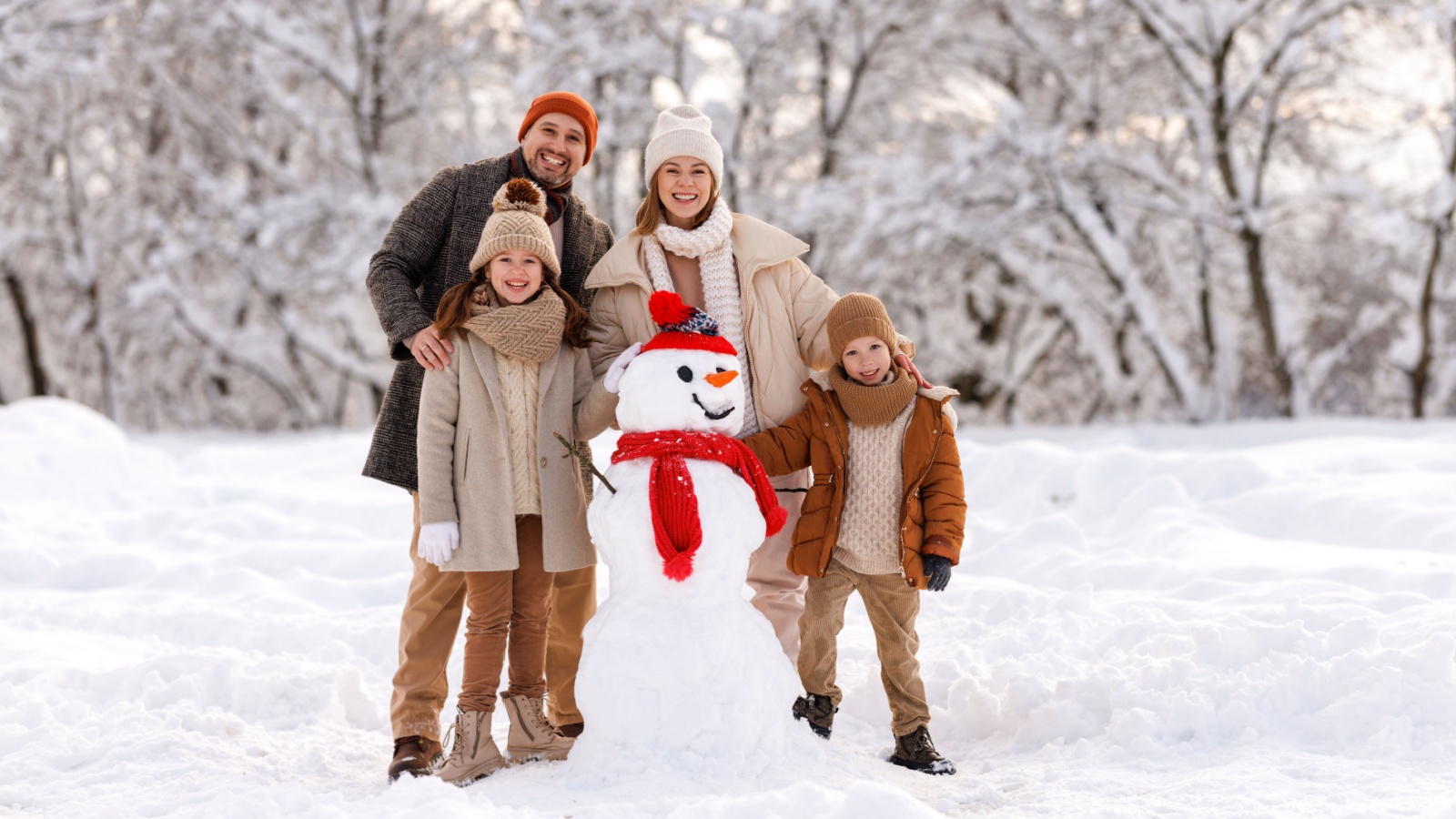
When heavy snow closes schools, children (and secretly, adults) rejoice in an impromptu holiday. Snow days often turn into community events, sledding, hot chocolate sessions, and driveway-shoveling marathons. It’s one of the few times everyone collectively slows down without guilt. The tradition turns inconvenience into connection, where neighbors help clear sidewalks and kids build snow forts that block traffic. Outsiders might find the enthusiasm baffling, but for Canadians, embracing the weather, even when it disrupts life, is just another form of resilience.
The Cross-Country Checkup Habit
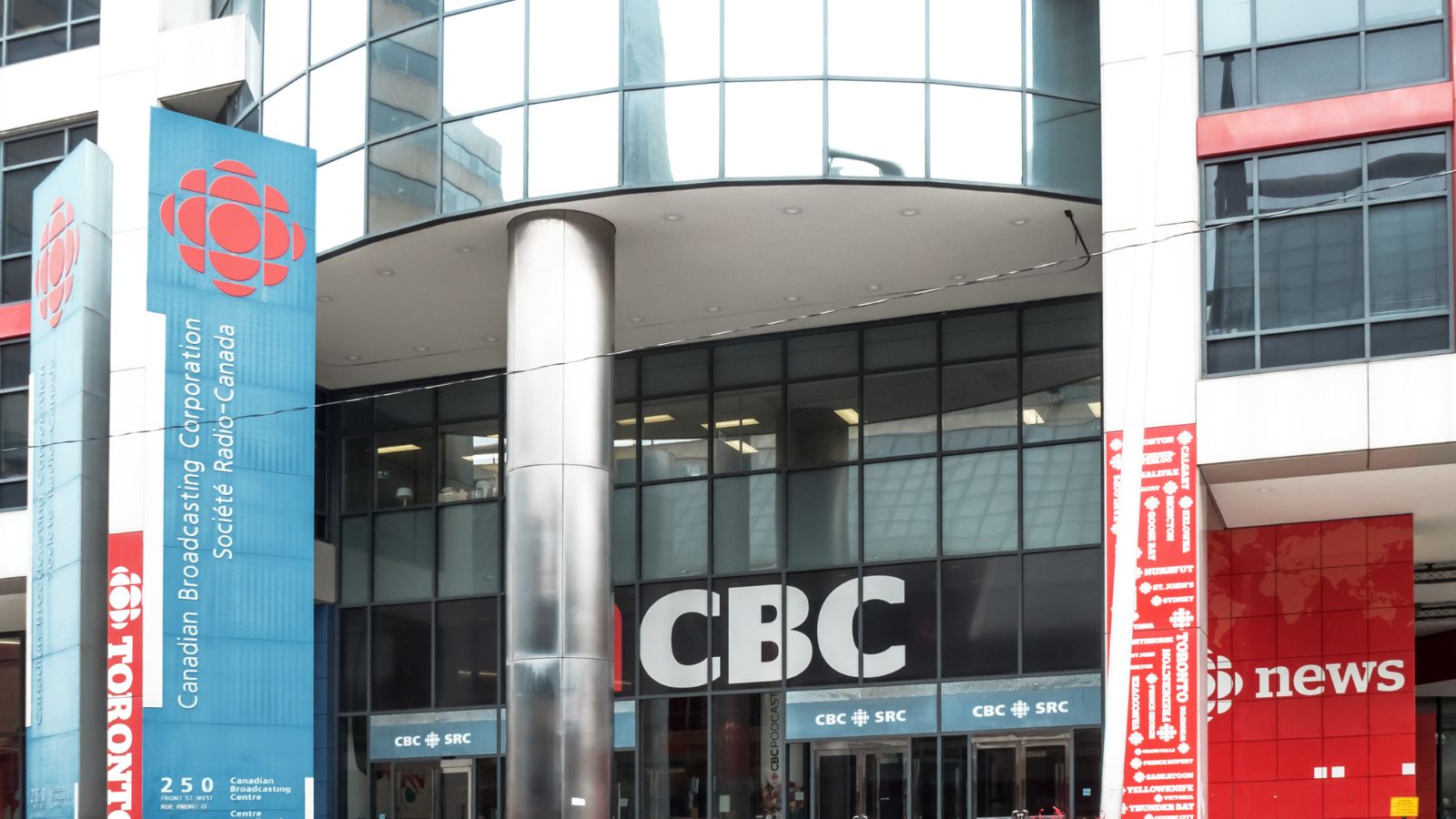
“Cross Country Checkup,” a long-running CBC radio show, invites Canadians to call in and discuss national issues. The tradition of listening to it, especially during long Sunday drives, spans generations. It’s more than a program; it’s a ritual of shared dialogue. Truck drivers, retirees, and students alike tune in, proving that Canadians genuinely enjoy hearing each other’s opinions (politely, of course). The show’s endurance reflects a national curiosity and civility rarely seen elsewhere, where debates stay thoughtful, even when disagreements run deep.
The End-of-Summer Fair
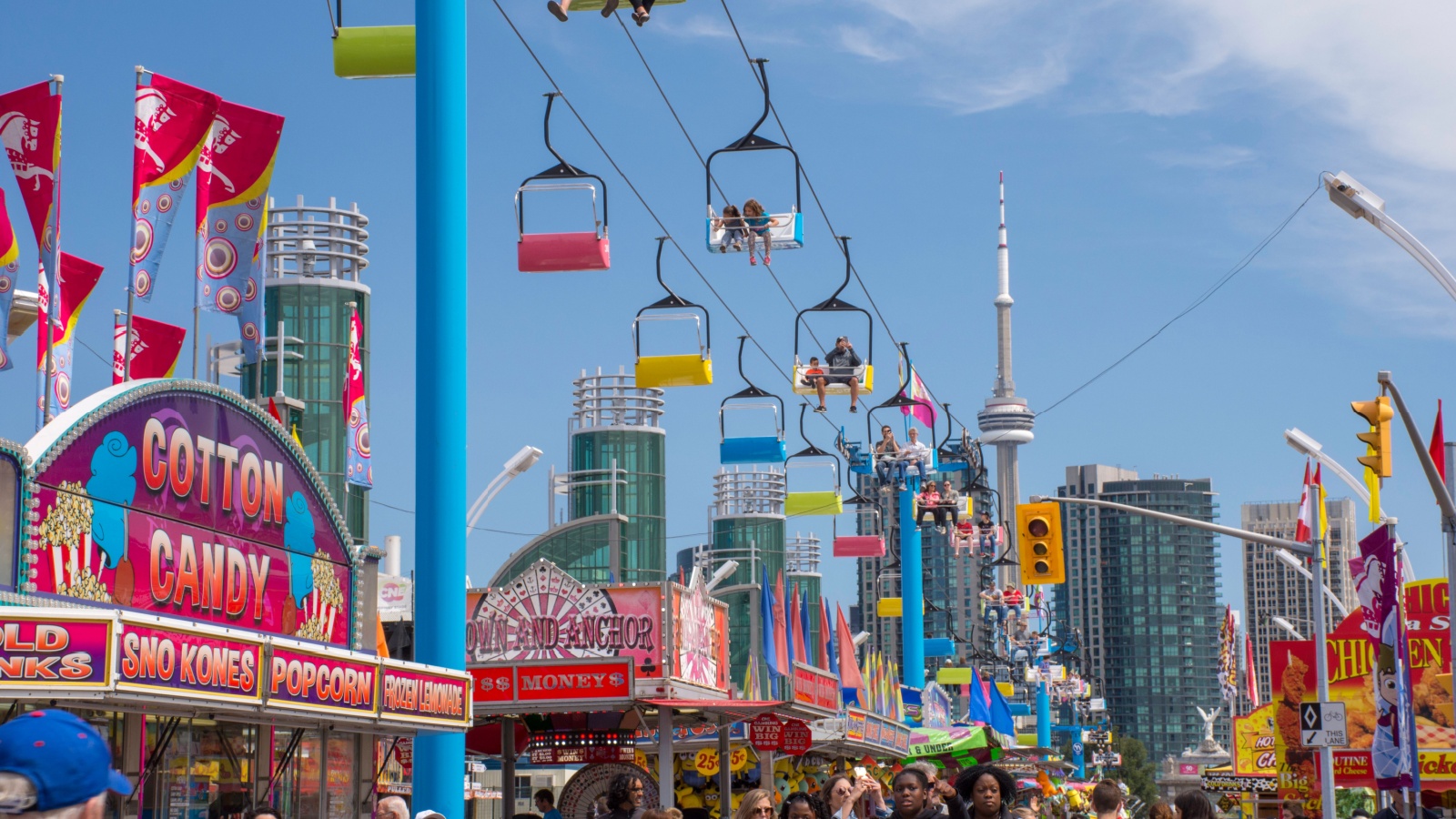
From the Canadian National Exhibition in Toronto to small-town harvest fairs, these late-August gatherings mark the bittersweet end of summer. They blend nostalgia, community, and fried food. People attend not just for the rides but for the sense of closure before fall sets in. Livestock shows, butter sculptures, and midway games all contribute to the charm. For many families, it’s a yearly ritual that defines childhood memories. No matter where you live in Canada, the fair feels like summer’s final, joyful curtain call.
21 Products Canadians Should Stockpile Before Tariffs Hit

If trade tensions escalate between Canada and the U.S., everyday essentials can suddenly disappear or skyrocket in price. Products like pantry basics and tech must-haves that depend on are deeply tied to cross-border supply chains and are likely to face various kinds of disruptions
21 Products Canadians Should Stockpile Before Tariffs Hit
